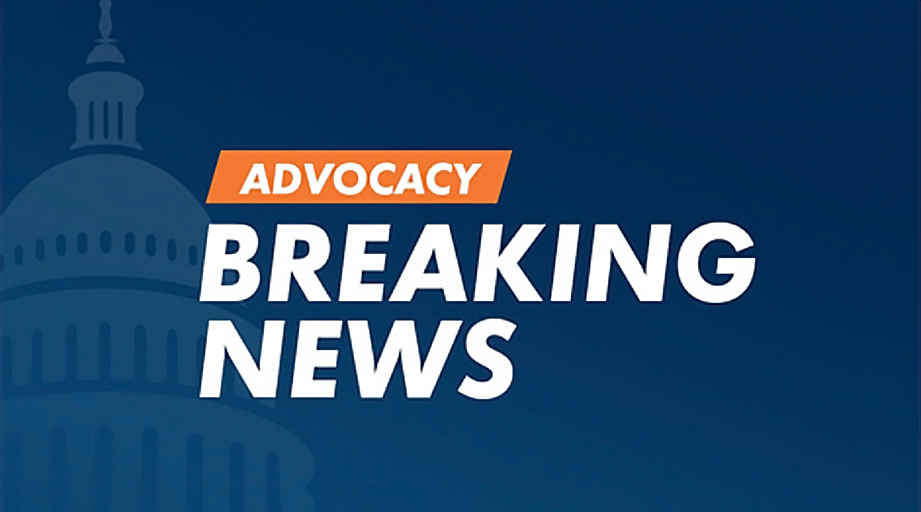
Initial data from the 2020 ASHP National Survey: Current State of Pharmacy Practice captures how hospitals are adapting to the COVID-19 pandemic and planning for the future.
The findings were featured in an on-demand session at the 2020 ASHP Midyear Clinical Meeting and Exhibition, with preliminary survey results presented by Michael Ganio, ASHP’s senior director of pharmacy practice and quality. Craig Pedersen, pharmacy manager for Virginia Mason Medical Center in Seattle, shared his insights on the survey topics and described how the pandemic has unfolded at his hospital.
Ganio said the 2020 survey was an opportunity to capture the unique effects of COVID-19 on pharmacy practice and relate those trends to past surveys. "I think this year's findings demonstrate the resilience of our profession," he said in advance of the session.
More than half of respondents reported that their institution participated in a COVID-19 clinical trial or obtained medication for COVID-19 patients through a compassionate use protocol.
“Primarily, we’re probably talking about remdesivir here,” Ganio said. “But to hear that over half were somehow enrolled and receiving compassionate use drug is encouraging for early access.”
Ganio said periodic ASHP surveys from this past summer, along with data from the national survey, indicate that the pandemic is causing “extraordinary shifts in pharmacy operations,” including inventory management, the use of personal protective equipment, and staffing levels.
Among the better-known shifts is a marked increase in telemedicine and telehealth services.
“Before COVID, about 60% of our respondents were doing face-to-face visits,” Ganio said. “That number switched almost completely over, to 86% doing telehealth during COVID. So we really saw rapid adoption of telehealth.”
He said telephone contact remains the most widely used telehealth vehicle, but about a quarter of survey respondents are using video technology to provide remote services.
Pedersen said telehealth quickly became the norm at his hospital when the pandemic first emerged.
“Crisis brings opportunity,” he said. “Prior to COVID, we had dabbled with telehealth as an organization. ... But COVID aggressively changed the adoption of telehealth in our organization. And we really did not have any other choice than to do that.”
He said about a quarter of ambulatory care pharmacy visits now occur by phone or video, and the organization is fully embracing the technology and will continue to do so.
Ganio said about one in four survey respondents “envision maintaining expanded telehealth for pharmacy clinic visits, and about one in five plan to continue allowing remote verification of orders by pharmacists.”
The survey results indicated that about half of pharmacy departments that increased their stock levels of critical medications plan to maintain higher stock levels after the pandemic.
The national survey also offers a snapshot of how hospitals are responding to declining revenues during the pandemic.
Ganio said just over half of respondents have cut staffing costs by reducing work hours, not “backfilling” vacant positions, furloughing staff, and other mechanisms.
He said the staffing situation has been fluid since spring and remained in flux into November, with some institutions reporting they had hired additional staff or increased overtime. About a quarter of respondents “indicated no change to staffing at all,” he said.
The presentation also featured preliminary survey data on Practice Advancement Initiative 2030, compounding and outsourcing activity, and pharmacy technology.
This news story was published in the Dec. 10 issue of ASHP’s Midyear 2020 News & Views. The session is available for on-demand viewing until March 10.






